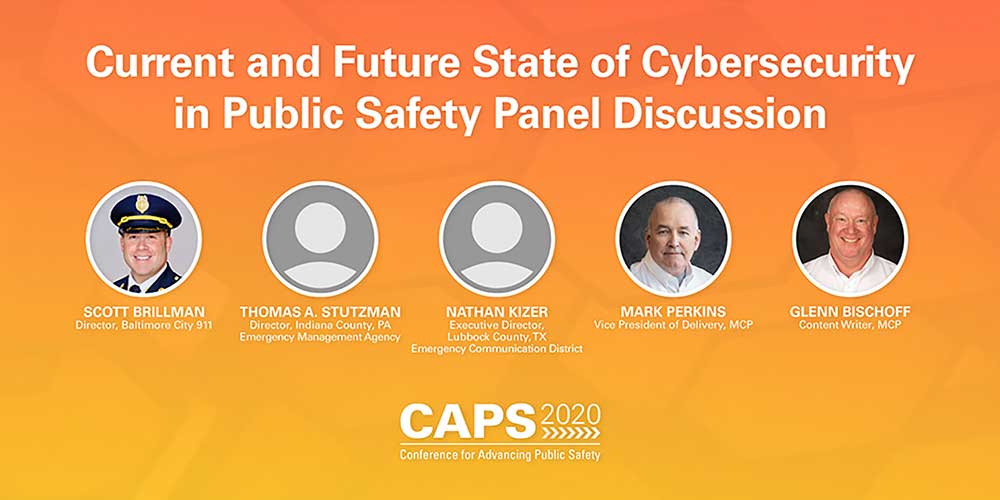Public Safety Needs to Make Itself Heard Regarding the FCC’s 6-GHz Order
In April, the Federal Communications Commission issued an order that enables unlicensed devices to share 1200 megahertz (MHz) of spectrum in the 6 gigahertz (GHz) band, to meet the growing demands for wireless broadband services.
The FCC cited in its order a Cisco report that projects mobile data traffic will more than double between 2017 and 2022. It also cited an Ericsson report that predicts the average amount of data per month used by a smartphone will increase from 7 gigabytes (GB) in 2018 to 39 GB by 2024. A large portion of this mobile data traffic is expected to be delivered on an unlicensed basis utilizing Wi-Fi, Bluetooth and similar protocols.














